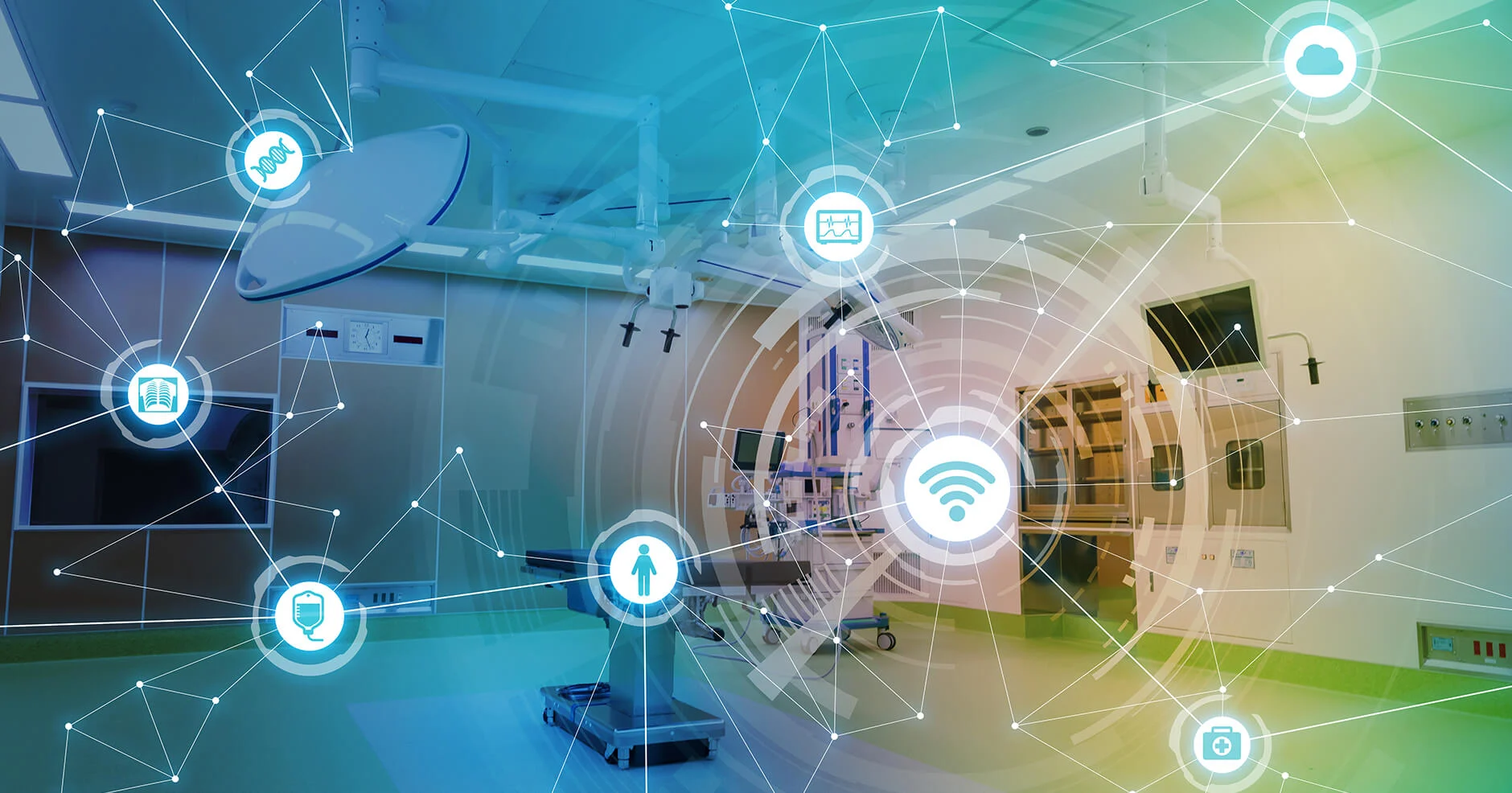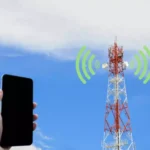
Healthcare buildings like hospitals and medical centers are vital infrastructures where reliable communication is a matter of life and death. While Wi-Fi networks are standard in these facilities, robust cellular connectivity plays an equally critical—yet often overlooked—role in modern healthcare operations.
Ensuring Continuous Communication During Emergencies
In times of disaster, cellular networks often outperform fixed-line or Wi-Fi systems. During power outages, natural disasters, or other crises, cellular infrastructure is designed with backup power systems, ensuring that healthcare professionals can maintain communication with colleagues, emergency services, and patients’ families when other systems fail. This redundancy is crucial for maintaining operational continuity during emergencies.
Supporting Mobile and Rural Healthcare Workers
Today’s healthcare professionals are increasingly mobile, moving between patient rooms, departments, and even buildings. Doctors and nurses need consistent connectivity to access electronic health records (EHRs), communicate with colleagues, and receive critical alerts—no matter where they are in the facility. Cellular connectivity provides the mobility healthcare workers need, eliminating connectivity gaps that can occur when moving between Wi-Fi access points.
In rural or underserved areas, cellular networks may be more accessible than high-speed broadband, making them essential for medical facilities. Cellular connectivity enables these facilities to implement telehealth services, access cloud-based medical resources, and consult with specialists remotely—bridging gaps in healthcare access for rural populations.
Enhancing Patient Experience and Outcomes
For patients, cellular connectivity plays a key role beyond staying connected with family members. It enables them to:
- Participate in telehealth follow-ups
- Access medical information
- Communicate with care teams
- Use health-monitoring applications
This connectivity enhances patient satisfaction and can improve healing outcomes by reducing feelings of isolation and stress during their hospital stay.
Powering IoT and Medical Devices
The rise of the Internet of Things (IoT) in healthcare has led to an explosion of connected medical devices that monitor patients, track equipment, and collect vital data. Many of these devices rely on cellular connections due to their reliability and security. From portable monitoring equipment to asset tracking systems, cellular technology ensures that these devices operate smoothly without relying on local network infrastructure.
The Path Forward: Dedicated Cellular Infrastructure
Healthcare facilities require reliable communication for administrative functions, supply chain management, and facility operations. Cellular connectivity ensures that these business-critical operations can continue even when primary networks face disruptions, helping healthcare facilities maintain overall efficiency. To address these challenges, many healthcare facilities are increasingly investing in dedicated cellular infrastructure, such as distributed antenna systems (DAS) and small cell solutions. These technologies ensure comprehensive coverage throughout buildings that may suffer from poor signal penetration due to concrete walls, lead shielding, or underground areas.
As healthcare continues to digitize and integrate mobile technologies, strong cellular connectivity will become a fundamental component of effective, resilient healthcare delivery—ensuring timely, connected care when it matters most.




